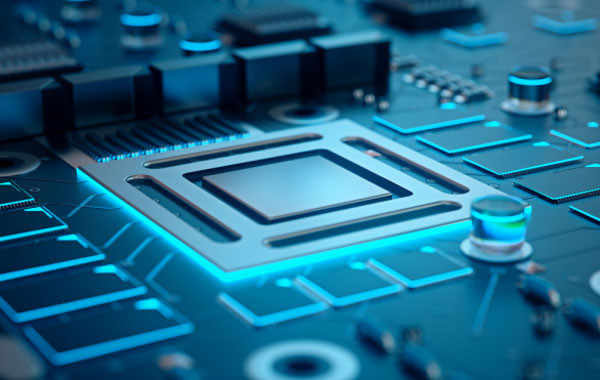Six months into the year, here’s a recap of eight current trends in the electronics manufacturing industry in 2023:
- Internet of Things (IoT) Devices: The growth of IoT devices continues. IoT technology enables the connection and communication between various devices and systems, leading to smart homes, cities, industries, and more. Manufacturers are focusing on developing IoT-enabled products and components to meet the increasing demand.
- 5G Technology: The deployment of 5G networks is gaining further momentum in 2023, bringing higher speeds, lower latency, and improved connectivity. This advancement is expected to drive the development of new electronic devices and applications that can leverage the capabilities of 5G technology, such as autonomous vehicles, remote surgery, and augmented reality.
- Artificial Intelligence (AI) Integration: AI technologies are becoming more prevalent across industries, and the electronics manufacturing sector is no exception. Over the course of the year, we can anticipate seeing increased integration of AI in electronic devices, ranging from voice assistants and smart speakers to autonomous vehicles and industrial automation systems. AI will enable enhanced functionality, improved user experiences, and intelligent decision-making capabilities.
- Edge Computing: With the proliferation of IoT devices and the need for real-time processing and analysis of data, edge computing is gaining significance. Edge computing involves processing data at or near the source, reducing latency and dependence on cloud services. Manufacturers are developing electronic components and systems optimised for edge computing applications.
- Advanced Sensors: Sensors play a critical role in various electronic devices and systems, and their importance is growing. Advancements in sensor technology, such as miniaturisation, increased sensitivity, and lower power consumption, will enable the development of more sophisticated devices in sectors such as healthcare, automotive, and consumer electronics.
- Flexible and Wearable Electronics: Flexible and wearable electronics are emerging as key areas of development. Flexible displays, wearable health monitoring devices, and smart clothing are just a few examples. We can expect to see further advancements in flexible and wearable electronics, driven by innovations in materials, manufacturing processes, and energy storage solutions.
- Sustainability and Green Electronics: Environmental consciousness and sustainability continue to shape the electronic manufacturing industry in 2023. Manufacturers strive to reduce the environmental impact of their products by adopting eco-friendly materials, improving energy efficiency, and implementing recycling programs. Green certifications and eco-labelling are certainly gaining prominence.
- Cybersecurity in Electronics: As the number of connected devices increases, so does the importance of cybersecurity. Protecting electronic devices from cyber threats is a significant concern for manufacturers and to counter these threats, advancements in hardware and software security measures, such as secure booting, encryption, and authentication protocols are at the forefront.
Where Innovation Meets Excellence.
At Elite, our goal is to help our customers stay ahead of the game by leveraging the latest technologies and techniques to create the best possible products.
Talk to the team and make Elite your Manufacturing Partner.
Email info@elitees.com to discuss your requirements or to click here to request a quote.

